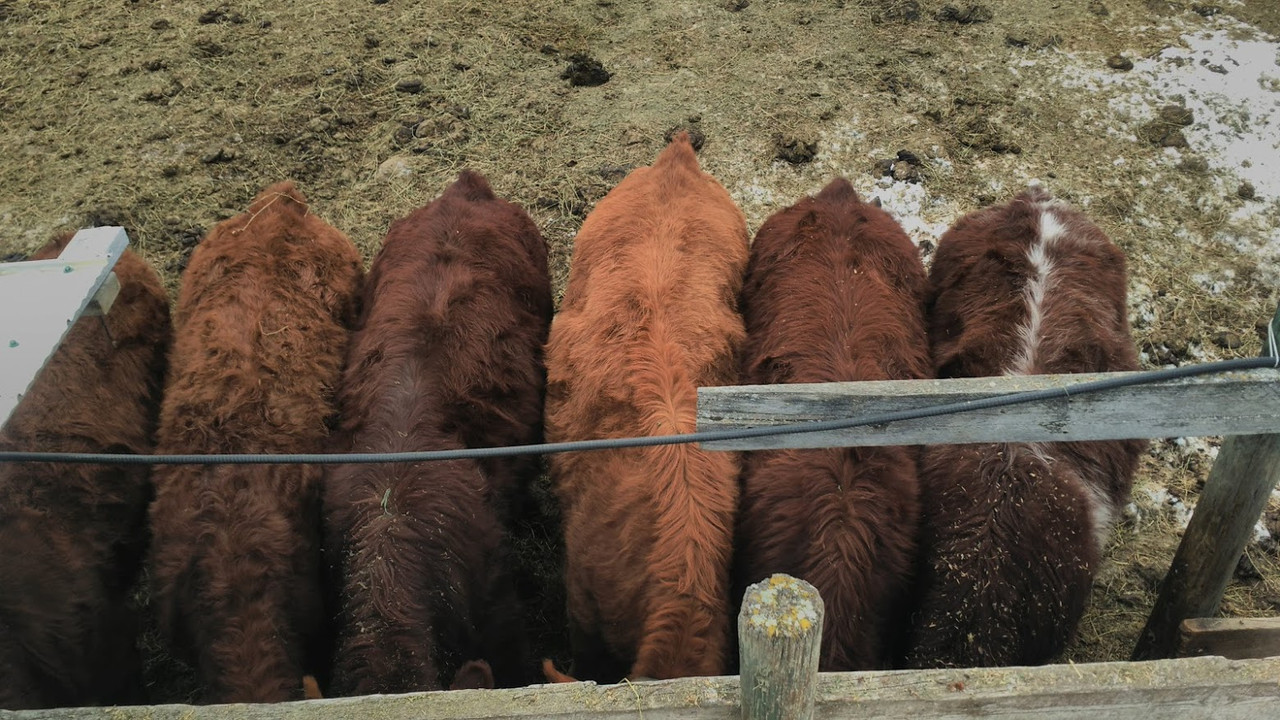Rydero said:
I think a lot of the disconnect between seed stock and commercial producers can be attributed to the fact that most commercial producers crossbreed. It's way harder to move the needle on a purebred herd because you can only use one breed, so the seed stock guys need to use bulls with exceptional numbers in a certain trait to make a noticeable change. If you're crossbreeding you can use a different breed that excels in the trait you want and make a bigger change with a less exceptional(expensive) bull. If I'm crossbreeding I don't need your "best" bull - the cross does a lot of the work. Something both sides should keep in mind.
Good points, but I have a question, if you don't have a large database of DNA tested animals, such as Angus does, then how do you measure performance/improvement as a result of your cross?
You may get pounds, but did you lose marbling? You gained significantly in some visible phenotypic traits but it's what you can't see that might be the devil in the details. You might have lost efficiency or something else, possibly you may have unknowingly brought a genetic defect carrier into your herd. Who knows if you can't test that animal against a contemporary group which includes hundreds of thousands, if not more, submitted weights and DNA tests.
Imagine going on a trip without a map or GPS? Same concept. Angus Source or HD50k doesn't clear up everything, but it does give you a general set of directions. When you cross to a high quality Angus bull, that is tested with Angus Source and the genetic bundle test, and that bull is above average and free of defects, then the likelihood of future problems has been significantly reduced in your herd. Angus brings a lot more to the table than just a black hide. They are sitting on an unbelievable amount of data, and it's all right at your fingertips.
A bull with absolutely no information other than his phenotype to prove himself, might very well turn out to be a bad move long term.
Everyone knows how long it takes to develop a set of great heifers, why take a risk on a bull with absolutely no data or pedigree information. That's flying blind in my book.

